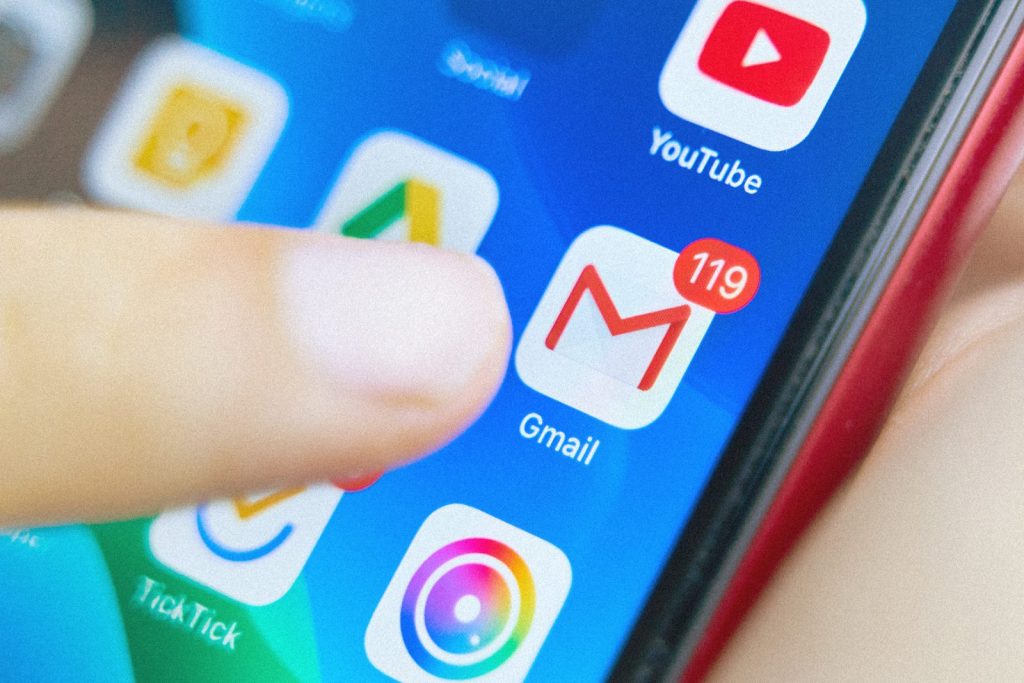
Email marketing hacks for your email marketing strategy: Use these test subject lines to engage subscribers and boost CTRs.
Every year, you probably see articles that tell you email marketing has died and that you need to turn to some new technology or tactic to boost your content marketing strategy. At the same time, almost every internet user has at least one email account that they check regularly.
In fact, HubSpot’s research found that an average email marketing strategy generates an astounding 3,800 percent return. If you’re not getting back $38 for each $1 you spend on email marketing, start with the very first thing that your audience will see — your subject line.
Boost your email marketing strategy with these tips for effective subject lines
If your own efforts or even those of an email marketing agency haven’t benefited your business, you may simple need to get more people to open up your message by crafting better subject lines. To provide you with some inspiration, consider these tested tips for attention-grabbing email subject lines.
1. Mention video
Video marketing has gained plenty of attention as a way to engage people and convert customers. Data analysis from email providers have found that just mentioning video in your email subject line can boost open rates. You don’t need to include the video inside the email but can simply link to a video you have posted on your own site.
2. Add the recipient’s name
If you use a CRM or other email marketing system, you should have a way to insert the name of your subscriber or customer into the subject line. Typically, anything you can do to personalize your emails should help gain attention and help the recipient find your content more valuable. With more sophisticated email apps, you can do more, but even the most basic tools generally make it easy to insert a name.
3. Try using lists and numbers
List titles, like this one, “10 Email Subject Line Tips to Boost CTRs,” tend to attract attention. People appear to focus upon numbers, so that may explain the popularity of lists. Also, the list style offers content producers a way to organize a lot of information in digestible chunks, and that’s the kind of content that many internet users like to browse.
4. Appeal to FOMO
To some degree, concerns about feeling left behind tend to impact almost everybody at one time or another. Perhaps it’s even a survival instinct from the times when groups offered protection against dangerous predators.
Today, fear of missing out even has its own acronym — FOMO. Adding a time or quantity limit to emails about special deals can work very well. Let your audience know that your deal ends Saturday or after the first 100 responses. If you want to extend your offer later, you can always explain that you had such a good response that you wanted to please more customers.
5. Keep titles fairly brief but not too short
Marketing Land reported upon a study by Retention Science, a marketing analytics company, of 540 email marketing campaigns that sent a total of about 260 million individual emails. They found:
- Titles with six to 10 words generated an average open rate of 21 percent.
- Titles with five or fewer words generated average open rates of 16 percent.
- Longer titles with more than 10 words generated average open rates of 14 percent.
Apparently, it helps to include enough words in the title to communicate the point but not so many words that you risk losing readers.
6. Consider adding recognizable movie titles or song lyrics
That same Retention Science study found that titles that incorporated movie titles or lyrics averaged over a 26-percent open rate, compared to more traditional subject lines that only averaged about 16 percent.
Some mildly amusing and attention-getting example might include:
- Gone With the Wind — These Deals Will End Thursday
- I Gotta Feeling You’re Going to Love These Walking Shoes
7. Phrase titles as questions or exclamations
Used carefully, punctuation can help titles stand out in a crowded inbox. An exclamation point at the end can help communicate urgency. Alternatively, questions may make your audience curious about the answer or eager to answer themselves.
You might also experiment with other special characters, such as asterisks, hyphens, and quotation marks. You might also phrase the question to suggest that something will happen if the reader doesn’t take action. As an example, you’ve probably gotten emails that say you won’t get any more emails unless you respond.
8. Try to add a little humor
Like you, your customers probably consider going through their packed inbox a chore some days. If you can get them to crack a smile, they’ll probably appreciate the effort.
Some examples of mildly amusing subject lines could include:
- You’ll Like This Down Comforter Better Than Your Cat
- Hey, it’s Friday! You’re Just Watching the Clock Anyway!
- Since You Didn’t Win the Lottery Today…
9. Surprise or challenge your readers
You have to take care with this, but clickbait’s a thing for a reason. Of course, you need to make sure you understand your audience pretty well because you have to walk a fine line between getting attention and giving offense.
For instance, a title like “Why Your Email Subject Lines Stink” might get attention but also could turn off some readers. If you run a Florida marketing agency, you might need to tread lightly with the famous “Florida Man…” jokes.
10. Personalize your titles and content
No matter how well you craft your email titles, you probably won’t enjoy the highest open rates if you can’t segment your audience and appeal to their interests. For instance, a customer who just purchased a pair of men’s hiking boots probably won’t have much interest in women’s ballet flats. On the other hand, there’s a good chance that customer might need the perfect socks to complement those boots. Why not take a little extra care to ensure that your audience will probably have an interest in your offer?
Best practices for developing strong email subject lines
So, how do you really know which kinds of subject lines will appeal to your audience? You should start out by understanding your customers and prospects. Not only will this help you determine which topics they’d have an interest in, it can also help you craft the subject line to attract their attention and just as important, avoid turning them away.
As with other kinds of marketing, it’s also a good idea to test various titles. For instance, you might try to develop a handful of different kinds of subject lines, send each of them out to different portions of your audience, and then compare the results. If one performs much better or worse than the others, you can use that information in your next email campaign.
No, email marketing’s not dead
No doubt, most people get more emails in their inbox each day than they care to read. At the same time, some companies have subscribers and customers who actually look forward to getting emails in their inbox because they find them valuable. Overall, email still produces strong results. If your email hasn’t performed as well as you hoped, start by improving your open rates with better titles.


